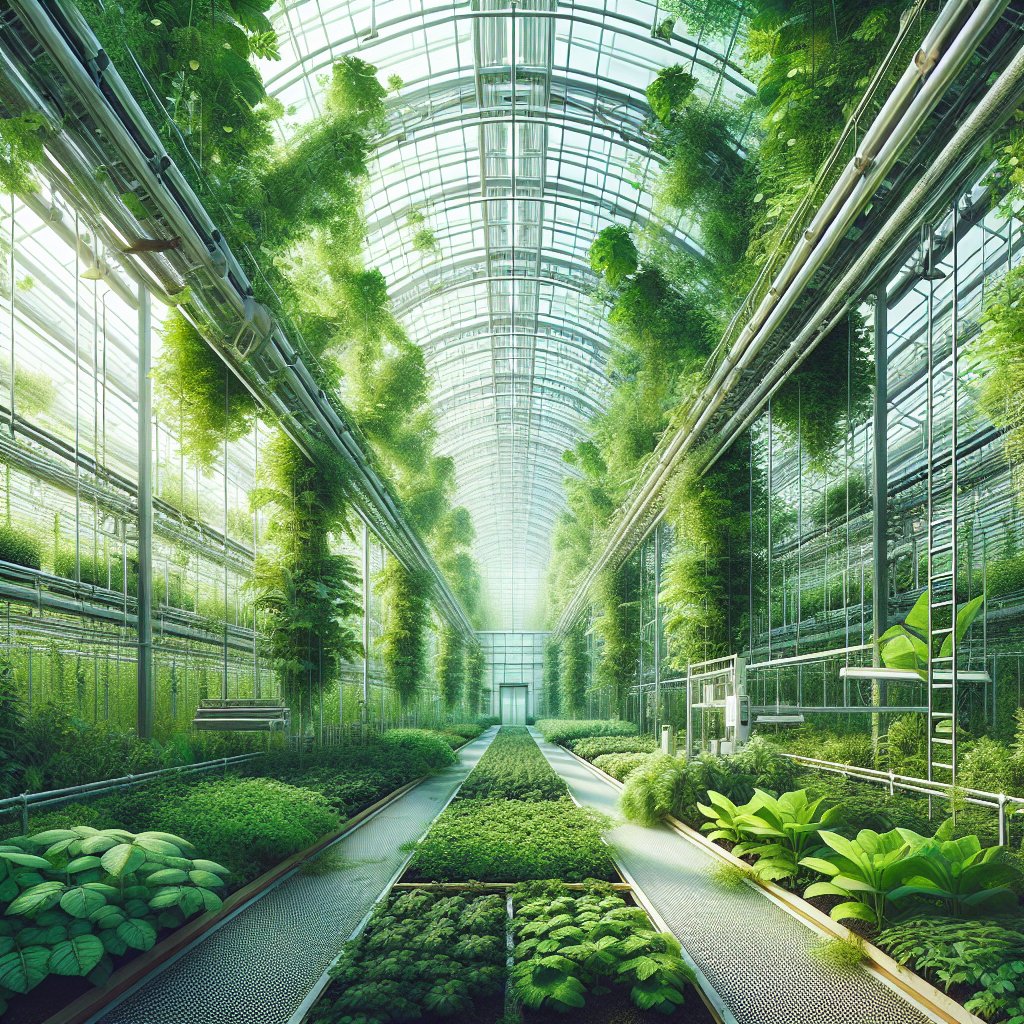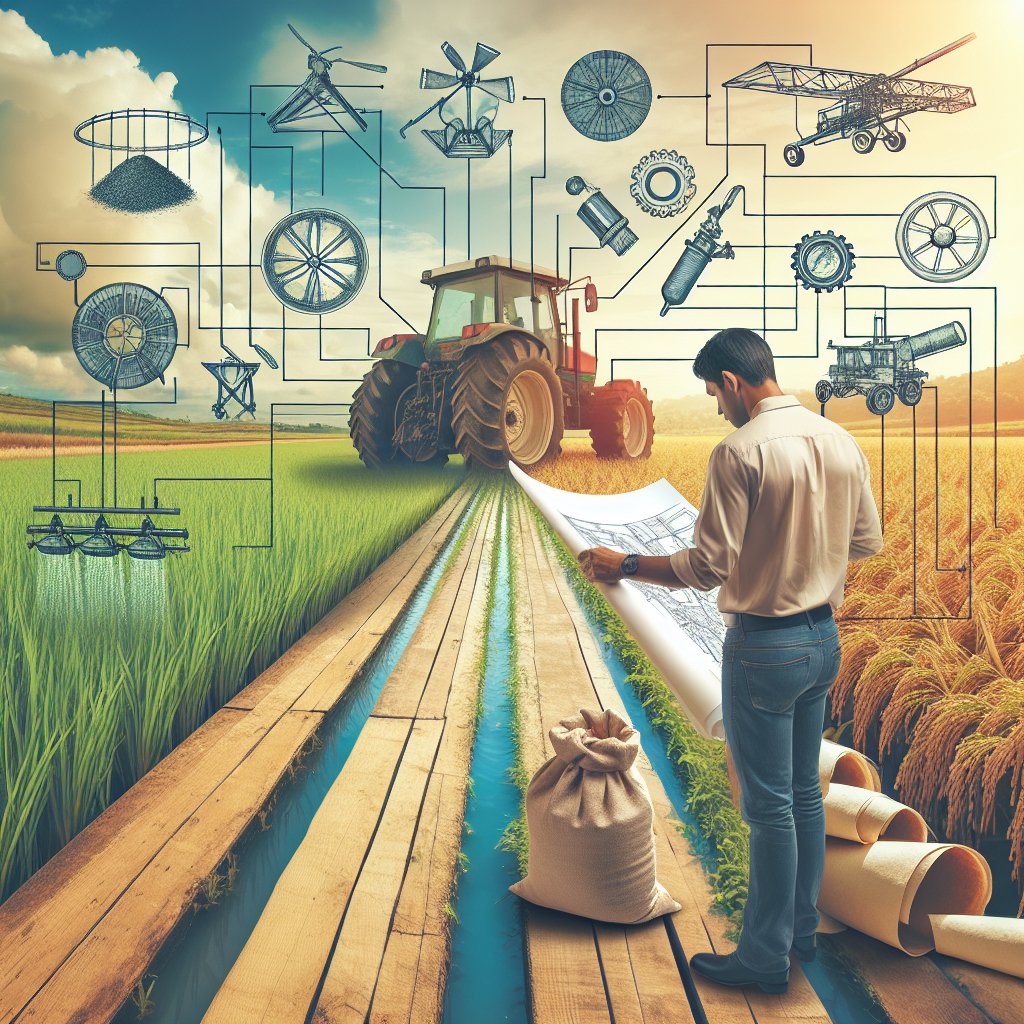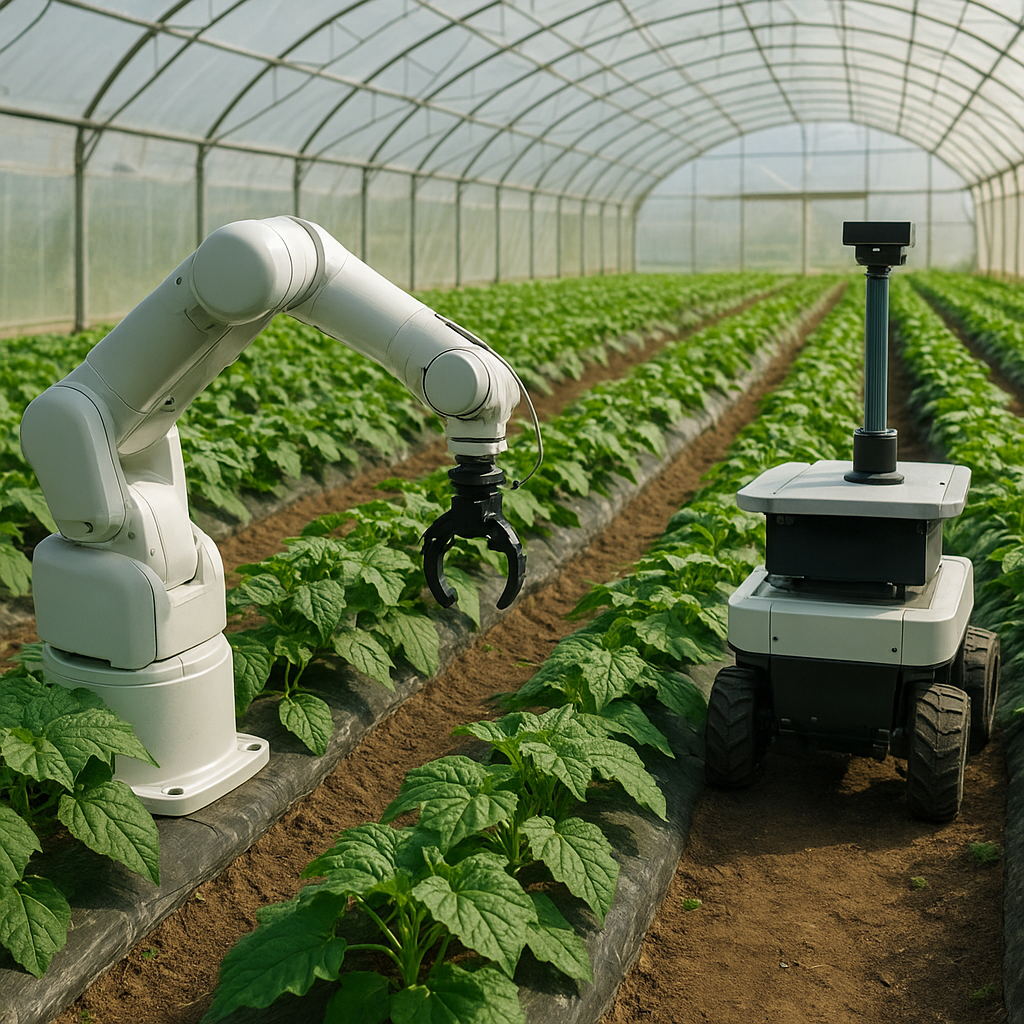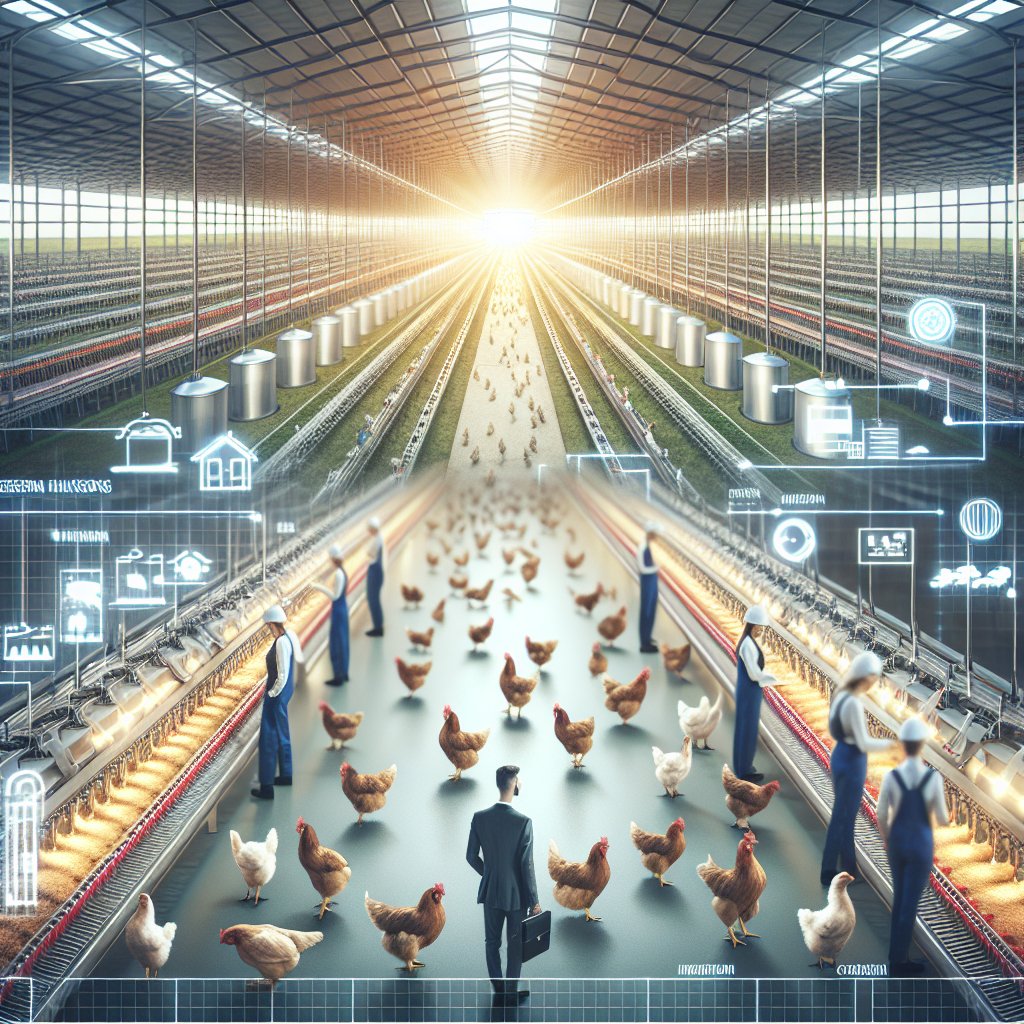Greenhouses have become a pivotal component in the pursuit of sustainable farming, offering a controlled environment that enhances crop production while minimizing environmental impact. As the global population continues to rise, the demand for food increases, necessitating innovative agricultural practices that can meet these needs without depleting natural resources. Greenhouses provide a solution by enabling year-round cultivation, optimizing resource use, and reducing the carbon footprint of traditional farming methods.
The Advantages of Greenhouse Farming
Greenhouse farming offers numerous advantages that contribute to its role in sustainable agriculture. One of the primary benefits is the ability to control environmental conditions such as temperature, humidity, and light. This control allows farmers to create optimal growing conditions for a wide variety of crops, regardless of external weather conditions. As a result, greenhouses can extend growing seasons and increase crop yields, providing a more consistent and reliable food supply.
Another significant advantage of greenhouse farming is the efficient use of resources. Traditional farming methods often require large amounts of water, fertilizers, and pesticides, which can have detrimental effects on the environment. In contrast, greenhouses utilize advanced irrigation systems, such as drip irrigation, which significantly reduce water usage by delivering water directly to the plant roots. Additionally, the enclosed environment of a greenhouse reduces the need for chemical pesticides, as pests can be more easily managed and controlled.
Greenhouses also contribute to sustainable farming by reducing land use. As urbanization continues to encroach on arable land, the ability to produce high yields in a smaller area becomes increasingly important. Greenhouses can be constructed in urban areas or on land that is not suitable for traditional farming, thus preserving natural ecosystems and reducing the pressure on existing farmland.
Technological Innovations in Greenhouse Farming
The integration of technology in greenhouse farming has further enhanced its sustainability and efficiency. One of the most significant technological advancements is the use of automated systems to monitor and control environmental conditions. Sensors and computer systems can track temperature, humidity, and CO2 levels, making real-time adjustments to ensure optimal growing conditions. This automation not only improves crop yields but also reduces labor costs and energy consumption.
Another technological innovation is the use of renewable energy sources to power greenhouses. Solar panels, wind turbines, and geothermal systems can provide clean energy, reducing the reliance on fossil fuels and decreasing the carbon footprint of greenhouse operations. By harnessing renewable energy, greenhouses can operate more sustainably and contribute to the overall reduction of greenhouse gas emissions in agriculture.
Vertical farming is another emerging trend within greenhouse agriculture. By utilizing vertical space, greenhouses can increase production capacity without expanding their physical footprint. This method is particularly beneficial in urban areas where space is limited. Vertical farming systems often incorporate hydroponics or aeroponics, which use nutrient-rich water or mist to grow plants without soil. These systems are highly efficient, using up to 90% less water than traditional farming methods and allowing for faster plant growth.
Challenges and Future Prospects
Despite the numerous benefits of greenhouse farming, there are challenges that must be addressed to fully realize its potential in sustainable agriculture. One of the primary challenges is the initial cost of setting up a greenhouse. The construction of a greenhouse, along with the necessary technology and equipment, can be expensive, making it inaccessible for some small-scale farmers. However, as technology advances and becomes more affordable, the cost barrier is expected to decrease.
Another challenge is the need for skilled labor to manage and operate greenhouse systems. The complexity of modern greenhouse technology requires specialized knowledge and training, which can be a barrier for farmers transitioning from traditional farming methods. To address this issue, educational programs and training initiatives are essential to equip farmers with the necessary skills to succeed in greenhouse farming.
Looking to the future, the role of greenhouses in sustainable farming is expected to grow as the global demand for food continues to rise. Advances in technology, such as artificial intelligence and machine learning, have the potential to further optimize greenhouse operations, making them more efficient and sustainable. Additionally, the development of new materials and construction techniques could lead to more cost-effective and environmentally friendly greenhouse designs.
In conclusion, greenhouses play a crucial role in sustainable farming by providing a controlled environment that enhances crop production while minimizing environmental impact. Through technological innovations and efficient resource use, greenhouses offer a viable solution to the challenges of modern agriculture. As the industry continues to evolve, greenhouses are poised to become an integral part of the global food system, contributing to a more sustainable and secure future.



